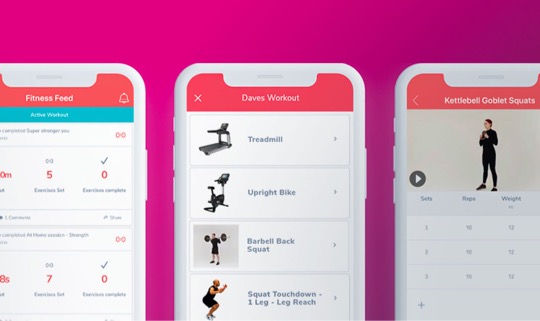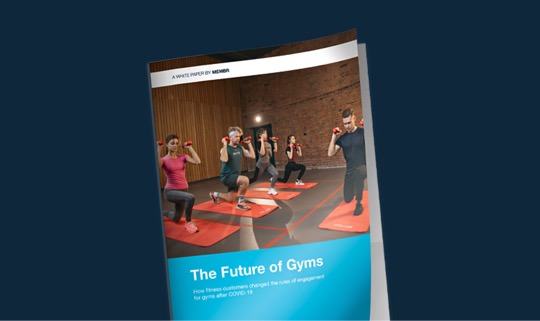I’m sure you’ll all agree that marketing is a fundamental aspect of any business. Whether your business is a charity, not for profit, a limited company, or perhaps you’re an amateur sports club searching for new individuals?
Marketing is the means by which we attract new cliental and ultimately make sales.
However, with the number of marketing approaches growing, the question is, “How exactly do we get marketing right?”
If I could answer that, I’d be a millionaire, which unfortunately I am not. In fact, I am no marketing expert at all! I do have experience in running my own business, yes – and marketing has certainly played a key role in the success of the company, but the purpose of this blog is share with you some of the different aspects that you could consider within your marketing campaigns.
Let’s start with an example which we can refer to throughout the rest of this blog.
‘Imaginary Gym’ is the name of a fictional multi-purpose gym facility, open to all members of the public who wish to pay monthly subscriptions to access and use the gym’s facilities. The gym is set-up as a Limited Company.
Now we’ve set the scene, let’s look at the two ways in which Imaginary Gym can use marketing to gain new members.
1. Outbound Marketing for gyms
Outbound marketing refers to marketers having to reach out to prospects.
For example, ‘Imaginary Gym’ sends some of their staff to local supermarkets to set up stalls and raise awareness in an attempt to make sales. Here, they capture data from any prospects so that they can be contacted again regarding future promotions etc. They also send a team out to deliver leaflets and conduct any potential door-to-door sales.
From the information gained, Imaginary Gym then contacts prospects to notify them regarding any new promotions and to see if they are ready to sign up to the gym yet.
What’s the obvious problem with this method of marketing? Time, money and new data laws!
The gym owner at Imaginary Gym is sending out fitness instructors to conduct marketing campaigns in supermarkets rather than utilising their trained skills with the current members they have on their gym floor. With so many trainers out marketing, member retention is bound to become a problem in the long run!
On top of this, GDPR regulations have become even more strict in the past few years, so collecting consumer data can be a minefield if you are not sure about the latest data privacy rules.
I’m not saying that outreach marketing is hopeless, but surely there are more efficient, cost effective methods of marketing than having your staff out in supermarkets, delivering leaflets and making endless phone calls.
That brings us onto the next part of this blog – Inbound Marketing.
2. Inbound Marketing for gyms
Inbound marketing earns the attention of customers, bringing sales to you! Now doesn’t that sound better?
There’s plenty of evidence out there to suggest that this type of marketing provides a greater return on investment, but it can also allow for a greater degree of creative control within a marketing campaign.
If our Imaginary Gym are using an online inbound marketing strategy, such as social media and email outreach, they can choose to market only to their target audiences (while controlling and monitoring what information goes out).
Inbound marketing can outreach out to a large number of potential prospects with a greater degree of efficiency. Due to the online nature of inbound marketing, it is also a more accurate way of measuring your sales.
Ultimately, the more information you can gain from your prospects, the more likely you’ll be to understand their needs, likes, dislikes etc.
What’s the right way for your gym?
If there’s one message to take away from this blog then it should be that you will benefit the most as a gym owner when you personalise your content to your target audiences’ specific needs and expectations. While there are pros and cons to both outbound and inbound marketing, inbound marketing allows you to have a greater degree of control when it comes to the content going out into the world that will have a better impact on your overall sales.
Our advice – try both approaches and speak to as many prospective customers as possible. The best way to learn about your target audience is to ask many questions and listen carefully!













